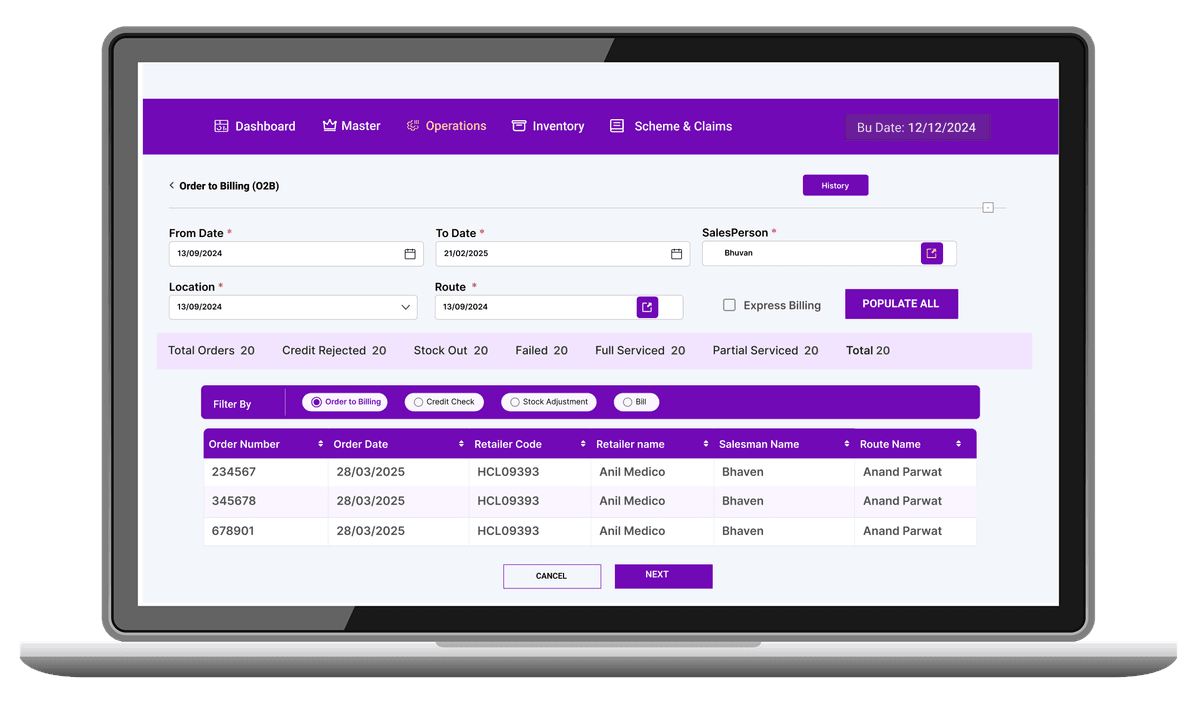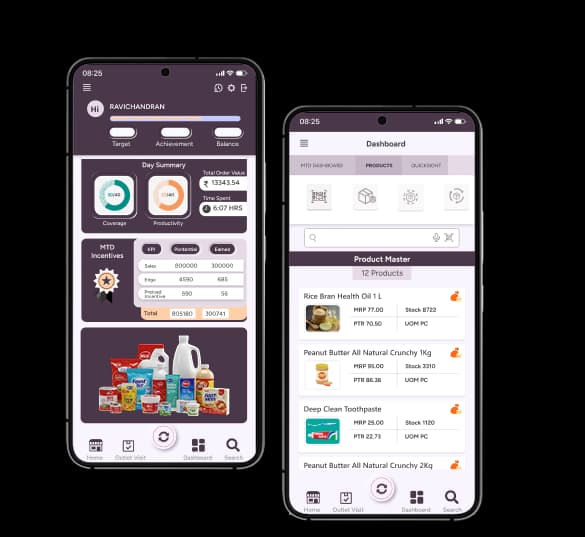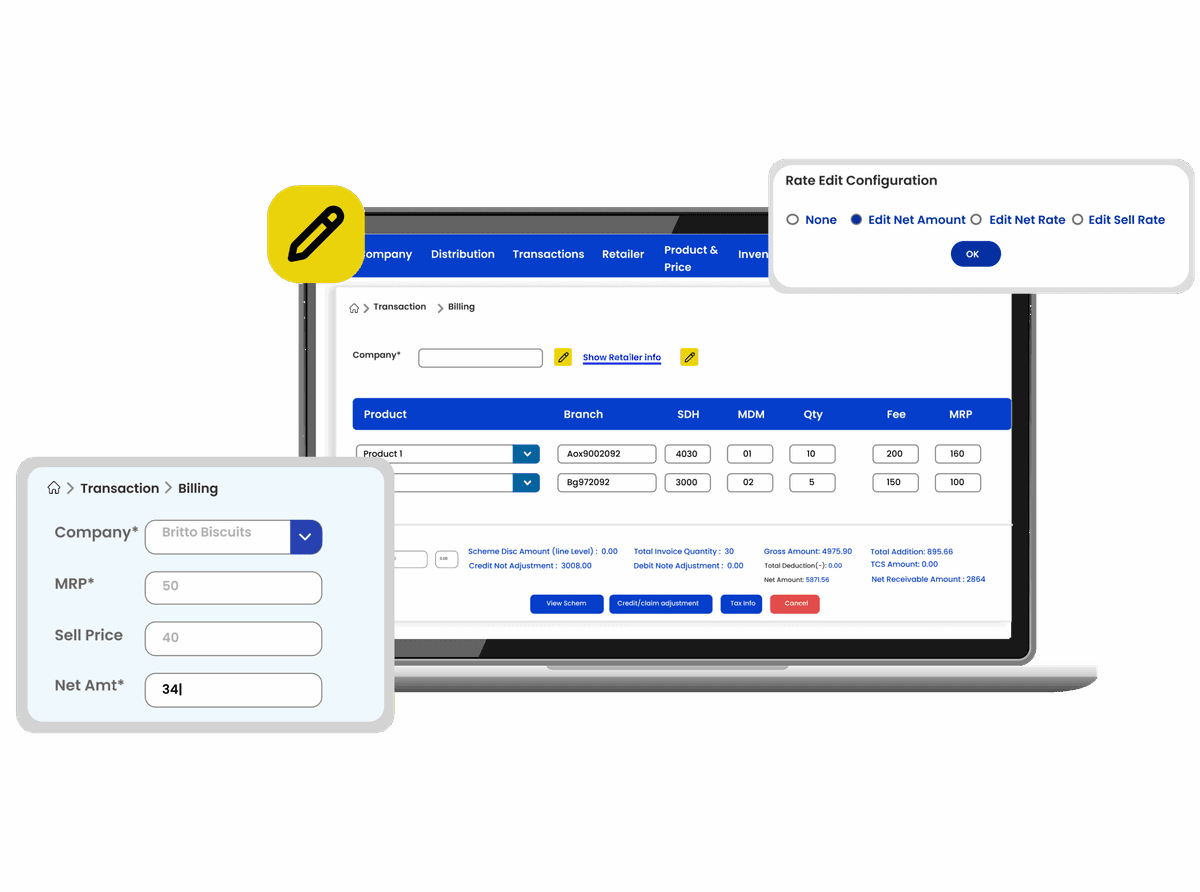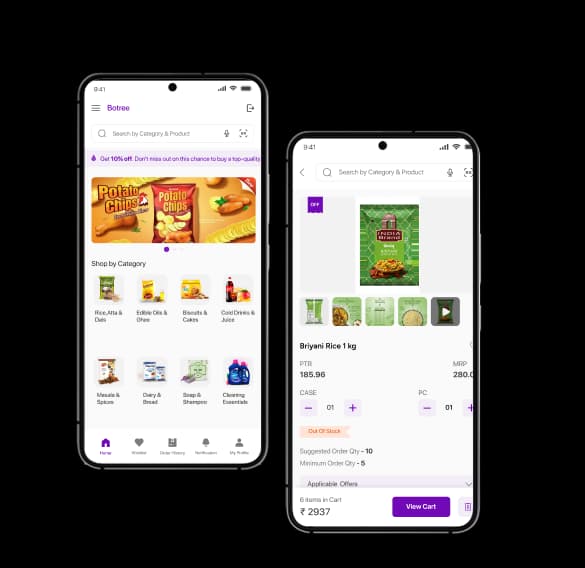
The Rise of AI-Driven Distribution: Is Your RTM Ready to Think on Its Own?
Streamline distribution efficiency and boost Secondary sales with accelerated stock movement and improved fill rate.

Empower your sales team with AI-driven insights to boost productivity, sell more per outlet and expand coverage effortlessly.

Seamlessly captures secondary and inventory data from the distributor's accounting software without disruptions to daily operations.

Drive rurban market growth by empowering distributors with a unified platform to manage the sales operations of multiple companies hassle-free.

Uncover new revenue opportunities, strengthen brand loyalty and drive sales growth by empowering your retailers to self-order.

Streamline distribution efficiency and boost Secondary sales with accelerated stock movement and improved fill rate.
Empower your sales team with AI-driven insights to boost productivity, sell more per outlet and expand coverage effortlessly.
Seamlessly captures secondary and inventory data from the distributor's accounting software without disruptions to daily operations.
Drive rurban market growth by empowering distributors with a unified platform to manage the sales operations of multiple companies hassle-free.
Uncover new revenue opportunities, strengthen brand loyalty and drive sales growth by empowering your retailers to self-order.



With 2000+ distributors now on board, our DMS has 100% coverage, providing us with invaluable data insights and visibility to boost nationwide sales. The team and product’s ability to handle mass rollouts without any major challenges was appreciable. Kudos to the team for their exceptional performance!
Director IT & HR, Jyothy Labs Ltd.